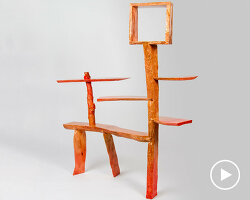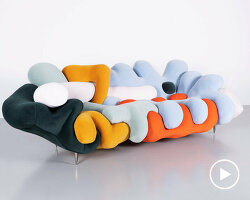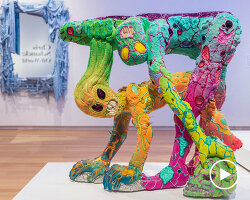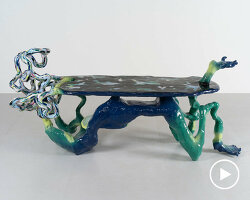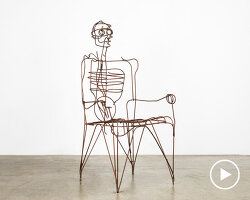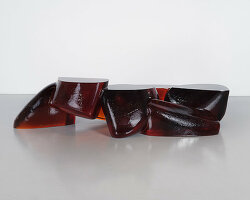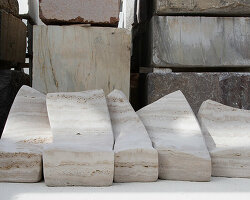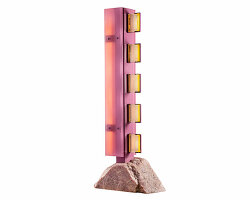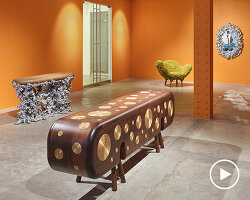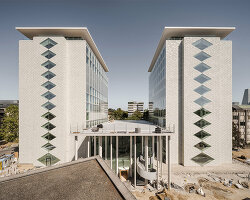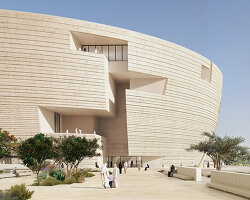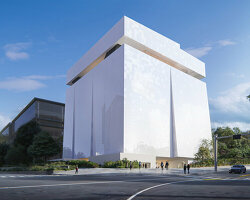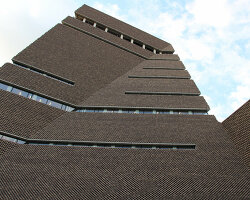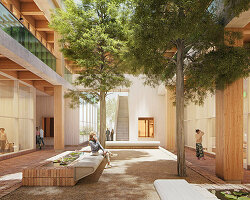on april 1, 2020, new york gallery friedman benda initiated a series of online interviews aimed at connecting individuals across the world with leading voices in the creative field. design in dialogue is a conversational program hosted alternately by curator and historian glenn adamson and designer stephen burks that engages with designers, makers, critics, and curators as they reflect on their careers and creative processes. against the backdrop of COVID-19 and global lockdowns, the conversations are held virtually on zoom for 1 hour for anyone in the world to tune in to, and include a participatory Q&A with the audience in attendance. friedman benda has since presented more than 90 episodes, and will continue with a lineup of future guests, each offering unparalleled insight into the sensibilities, musings, and memories of today’s creative protagonists. see our recent feature of MASS design group on hopeful and healing architecture and sheila hicks on weaving cultural and creative exchanges.
on april 7, 2021, design in dialogue welcomed jacques herzog, founding partner of eminent architectural firm herzog & de meuron, for an hour long conversation on his firm’s practice and legacy, and the cultural role of the architect today. herzog & de meuron comprises an international team of nearly 500 collaborators including the two founders (jacques herzog and pierre de meuron), five senior partners (christine binswanger, ascan mergenthaler, stefan marbach, esther zumsteg, and jason frantzen), ten partners, and 41 associates. the firm engages in projects across europe, the americas and asia from its main office is in basel, with additional offices in london, new york, hong kong, berlin and copenhagen. speaking with glenn adamson, herzog delved into topics including the firm’s many collaborations with artists, the architect’s role in defining the identity of cities, the idea of architecture as a karmic discipline, and transformations in architecture over the course of his long and influential career.
watch the full video interview at the top of the page and stay tuned as designboom continues to share design in dialogue features. see all past episodes — and RSVP for upcoming ones — here.
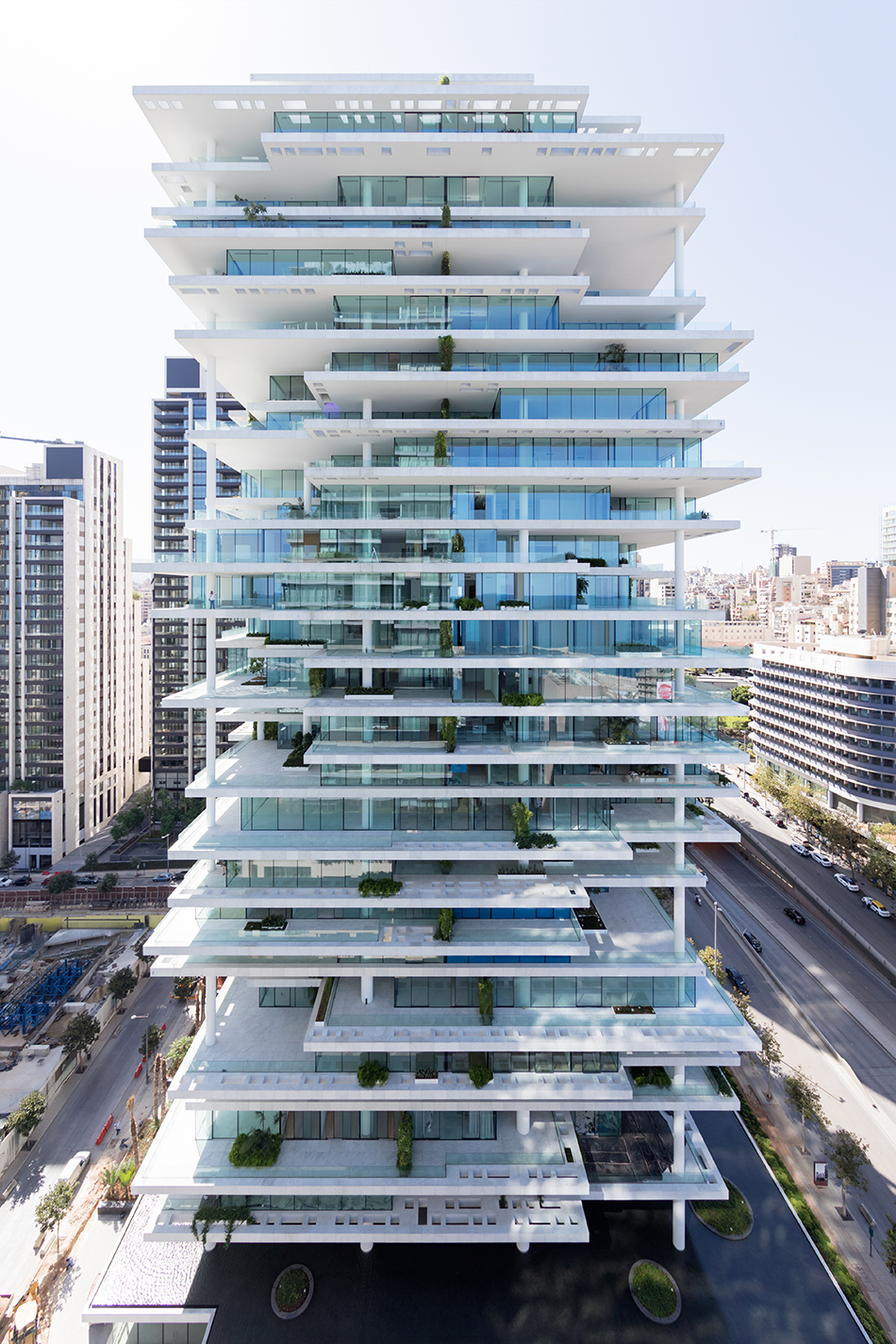
beirut terraces features staggered, greenery-filled floorplates | image © iwan baan
read more on designboom here
‘I think every great building is functioning well,’ herzog says in considering the fundamental notions of architecture in functioning both literally and aesthetically. ‘the function is easy. let’s take a door — you can open it and close it. if it doesn’t work, then just forget it, because a door needs to do that. a room has to have a door to come in through, and ideally a window. to position this window in the right place and at the right height — ideally oriented to the sunrise or sunset, or a view — now, in these times of the pandemic, I think that’s become essential.’
herzog contemplated the conditions of life during the pandemic, and specifically how architecture can create both positive and negative associations for those engaging with it. ‘very few people can afford great buildings and great apartments — they are bound to one room.’ he continues. ‘so we’re back to some kind of essential questions like, what is architecture? that’s where it begins. it can be functional, operable — all of that has to work. besides that, then the poetry starts. if there is some poetry, it’s to do with how careful the window is positioned, then how nice is the window frame, or what is the feeling when you touch the door handle. that’s already on the next level. the basic is how to shape the room with proportions — where do you put the window, where do you put the door, where do you come in? that’s already beyond function, but it’s very tightly connected. the pandemic somehow has brought us back to these essential questions.’
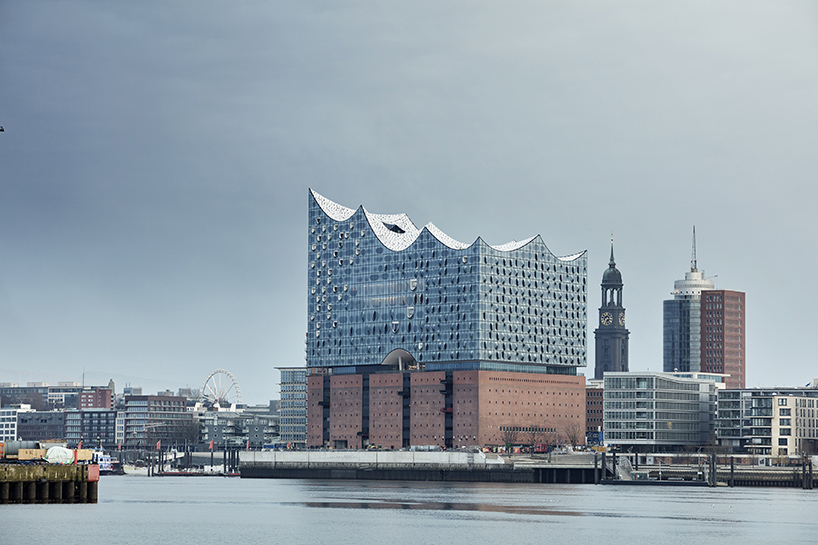
the elbphilharmonie, the hamburg concert hall designed by herzog & de meuron | image © maxim schulz
read more on designboom here
with a roster of acclaimed architectural projects across the globe, herzog also reflected on an architect’s role in shaping the personality of a city. he considers that architectural transformation in cities is very often unwelcome, but the architect becomes responsible for the impact buildings have on people’s lives.
‘it’s a lot of responsibility,’ he says. ‘it would be really stupid if I didn’t do everything to make it really well, to make something that doesn’t make people angry after a while. very often things are criticized at the beginning. anywhere in the world, people don’t like very often things that are changing, especially in cities, because they like what they are used to seeing. very few people are open to this kind of transformation. that’s another aspect you have to deal with as an architect. you have to deal with the idea of transformation and making people understand that ultimately this is good for the city, and it’s improving a particular place in the city. that’s a very important job you have, and a very important responsibility that you have to accept. mostly people get used to even ugly transformations, but it’s better if you try to do something that becomes ideally a landmark. I’m not so interested in that ‘postcard’ kind of aspect, but if this is the case, then it means that it has something that people like, and people identify with themselves and their own city.’
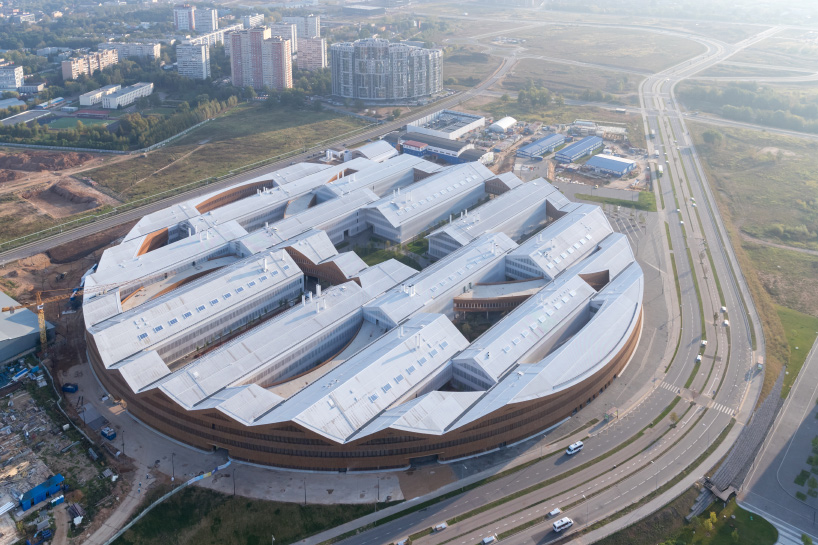
herzog & de meuron-designed university opens as part of moscow’s skolkovo masterplan | image © iwan baan
read more on designboom here
herzog & de meuron’s city-scale projects also have a close relationship with its smaller ones. as ‘design in dialogue’ is principally a design program, adamson asked herzog how he considers the relationship between architecture and design as disciplines. ‘I think there are certain similarities, as much as there are between art and architecture, but the closer and deeper you go into a discipline, you find out what is missing,’ herzog says. ‘I understand that these are two business, because we have been developing some furniture for some time, the last years increasingly more, including chairs, which I think are the most complicated design object in terms of furniture design.’
custom design works by herzog & de meuron furnished the fondazione feltrinelli in milan that complement the project’s exterior geometries. ‘we normally design or develop objects as a part of a concrete project — mostly they are made because we feel there is a need to do something that goes well with the project,’ herzog continues. ‘as a result of that, we’ve done many things — lamps, tables, chairs, shelves, fabrics, perfumes — but some of them are being produced and launched by companies. that’s when we find out there is a quite a gap, because the designs have to be adapted for the market. they have to be produced in a way that is relevant for the market in terms of cost, and can be distributed in a larger market. professional designers have been trained to do this, but we don’t care so much — we develop it, and we have a large shop with professional people that work in carpentry, with steel and other materials. we are fit, but we are not designers, because we are not trained in doing that. so I have a lot of respect for it.’
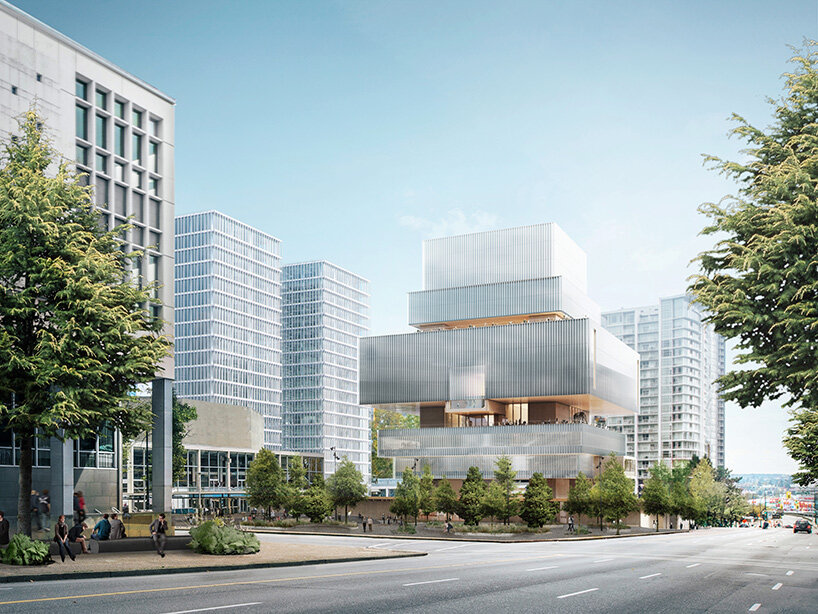
the vancouver art gallery’s new museum combines opaque and transparent surfaces | image © herzog & de meuron
read more on designboom here
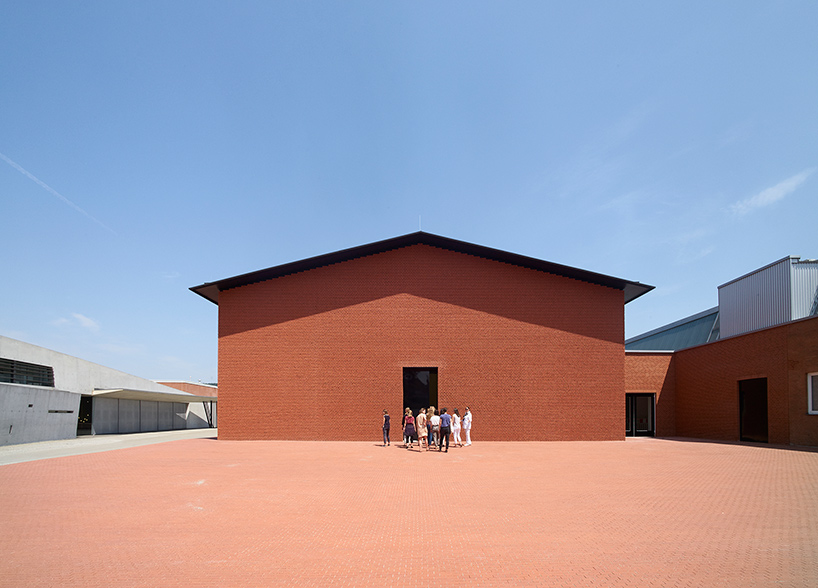
the ‘schaudepot’ exhibition space at the VITRA campus | image © VITRA design museum, julien lanoo
read more on designboom here
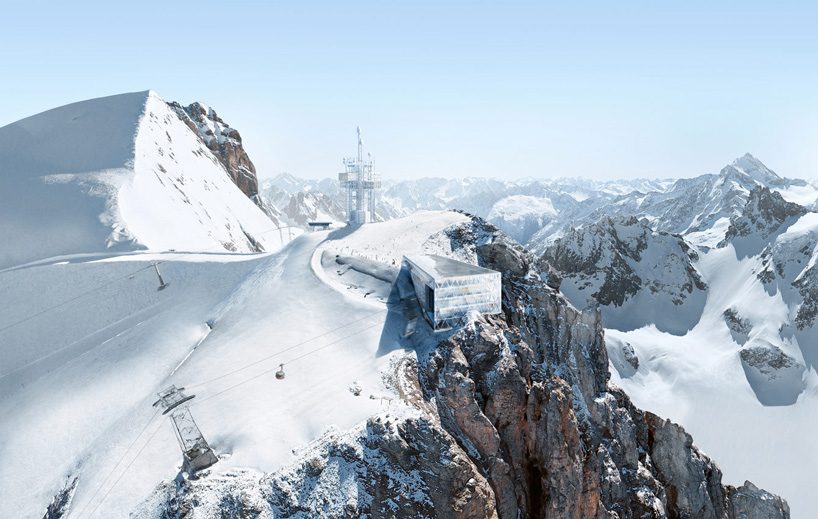
a renovation proposal for switzerland’s titlis mountain | image © herzog & de meuron
read more on designboom here
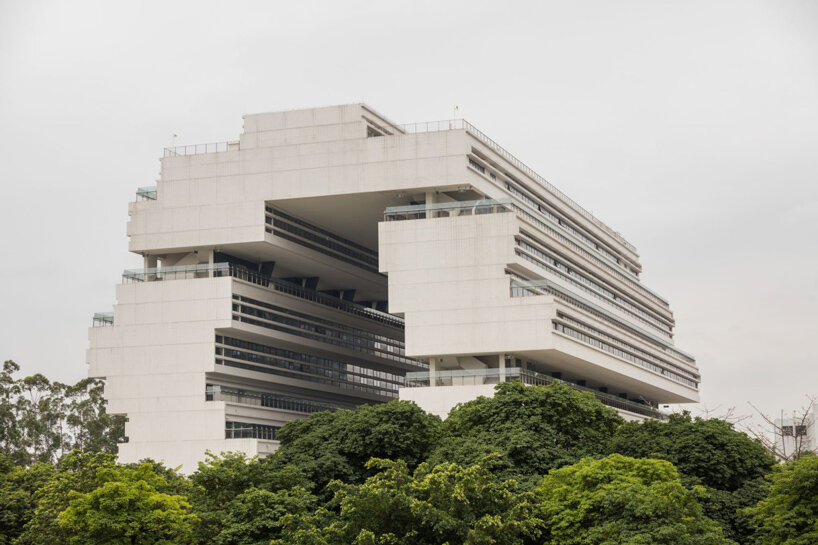
the SUMC building is a centralized hub for the shantou university medical college | image by paulo dos sousa
read more on designboom here
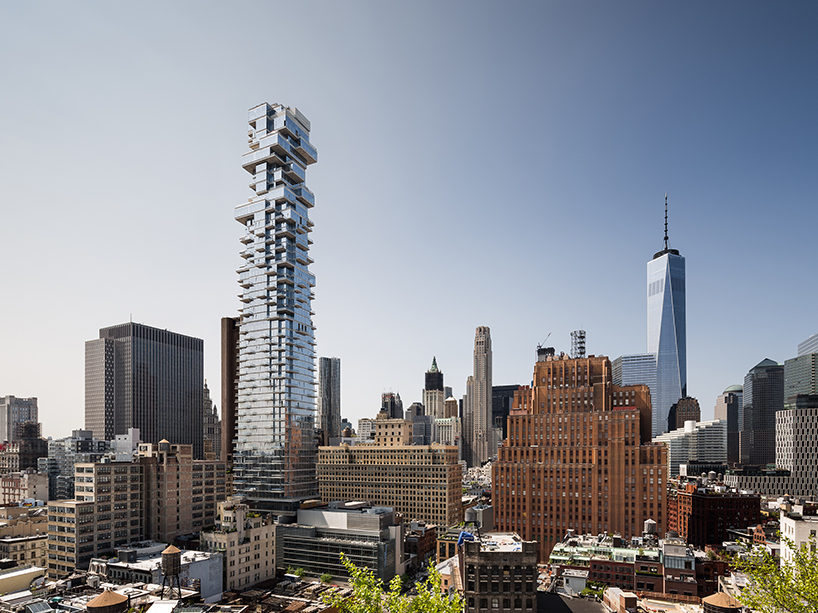
56 leonard, the ‘jenga tower’ in new york | image by alexander severin
read more on designboom here
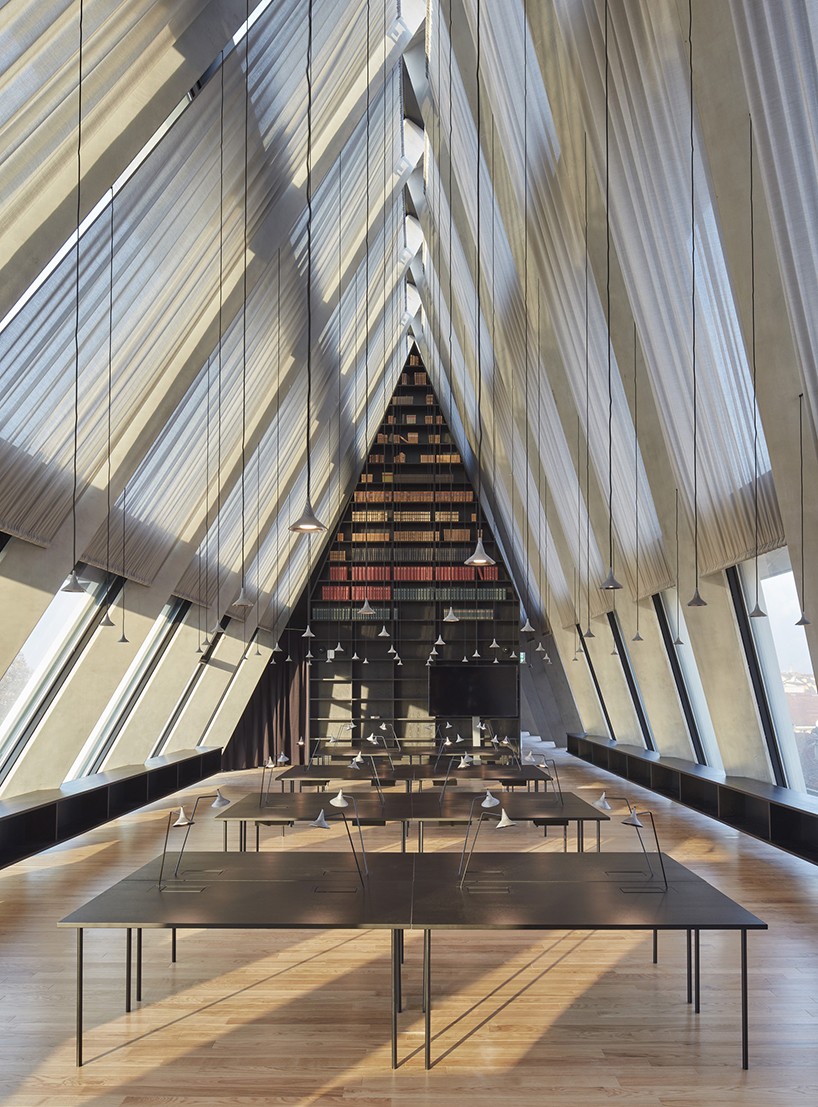
herzog & de meuron’s fondazione feltrinelli in milan | image © mario carrieri
read more on designboom here
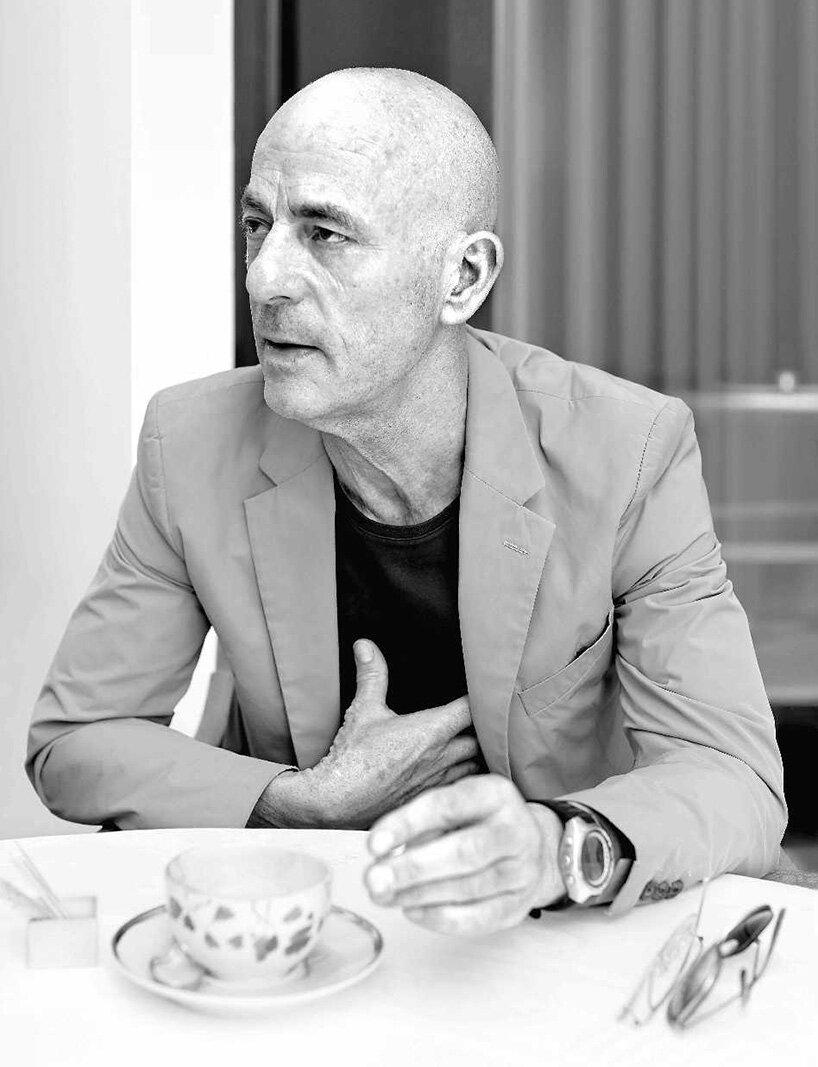
portrait of jacques herzog by miguel galiano, courtesy of friedman benda
—
design in dialogue is a series of online interviews presented by new york-based gallery friedman benda that highlights leading voices from the field — designers, makers, critics, and curators — as they discuss their work and ideas. hosted alternately by curator and historian glenn adamson and designer stephen burks, the conversations are held on zoom for 1 hour and include a participatory Q&A.
watch the full video interview with jacques herzog at the top of the page and stay tuned as designboom continues to share design in dialogue features. see all past episodes — and RSVP for upcoming ones — here.
design in dialogue (32)
friedman benda (64)
herzog and de meuron (179)
PRODUCT LIBRARY
a diverse digital database that acts as a valuable guide in gaining insight and information about a product directly from the manufacturer, and serves as a rich reference point in developing a project or scheme.
